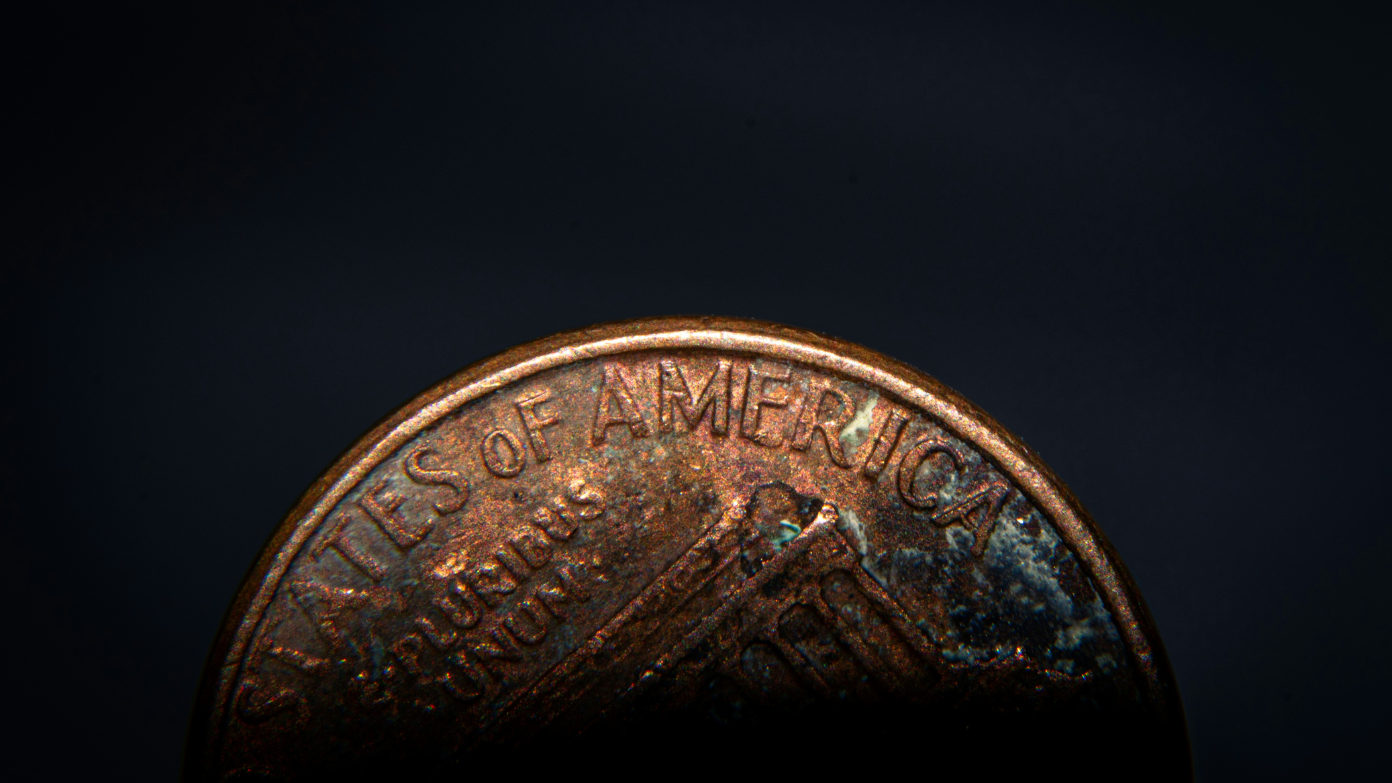The Buffalo nickel, also known as the Indian Head nickel, is a five-cent piece that has captured the imaginations of collectors and investors since it was first minted in 1913. Of all the many years this coin was minted, it’s the 1924 Buffalo nickel that really stands out as potentially having value, especially if you have an uncirculated version. We shall take a look at what the 1924 Buffalo nickel means, its value, and what makes it a catch for any numismatist’s net.
History and design of the buffalo nickel
Designed by sculptor James Earle Fraser, the Buffalo nickel was part of a larger program to beautify American coinage. The coin features an image of a Native American on the obverse and an American bison on the reverse. This design was aesthetically satisfying but also aesthetically meaningful, coming to represent an important period in American history.
Mintage began in 1913 and continued through 1938. The Buffalo nickel was struck in large numbers at three mints: Philadelphia, Denver, and San Francisco. The total mintage of the 1924 issue is approximately 21.6 million coins, making this a relatively common coin compared with other dates of the series. However, there are certain varieties and conditions that will serve to greatly increase the value.
Valuing the 1924 buffalo nickel
There is a wide value difference in the 1924 Buffalo nickel depending on which state or mint the coin came from, and its condition. What is to follow shall give one a sense of the value it might have:
- Good condition: Worth about $1.50
- Fine condition: Worth about $5
- Extremely fine condition: Worth about $24
- Uncirculated (MS60): Worth about $42
- Uncirculated (MS65): Worth up to $4,750
- Uncirculated (MS67): Auction houses sold for worth about $25,200
However, the most valuable variants are those minted in San Francisco, the “S” mint mark. Thus, for example, an uncirculated 1924-S Buffalo nickel will command a premium to $1,700 as this date/mint combination in pristine condition is so rare.
Rare variants and errors
For the most part, 1924 Buffalo nickels are not of the especially rare variety; there are some exceptions, though. For instance:
- 1925 buffalo nickel struck on a ten-cent silver planchet: This error coin is worth almost $100,000 because of how it was misprinted.
- Double die variants: There are also some very distinct errors for certain years that would sell for outrageous prices—for instance, the 1916 DDO “Doubled Die Obverse” can break 100,000 dollars in mint state grades.
These are usually rare varieties since they not only carry monetary value but also historical value.
Finding out the value
Find out the value of your 1924 Buffalo nickel or any other coin with the steps below:
- Condition analysis: Coins are graded based on the condition of a particular coin, which grades from Good to Uncirculated. The higher the grade of the coin’s condition, the greater its value.
- Mint mark identification: Look on the reverse for mint marks indicating where the coin was made: Philadelphia (no mark), Denver (D), or San Francisco (S). The “S” mint mark usually commands more.
- Professional grading: Any coins that appear to be in the finest of conditions or even a scarce variation deserve to be sent in to be authenticated and graded by a company such as NGC or PCGS.
- Market research: Monitor auction results and price guides to see what the current market bears for your particular coin.
The 1924 Buffalo nickel is so much more than just a five-cent piece, it’s an most interesting chapter in American numismatic history.
Read more: Bitcoin only useful for these three things, says major investor
Read more: This is the 2009 special edition penny worth up to $6,000 – Check your pockets for Abraham Lincoln’s mythical coin
